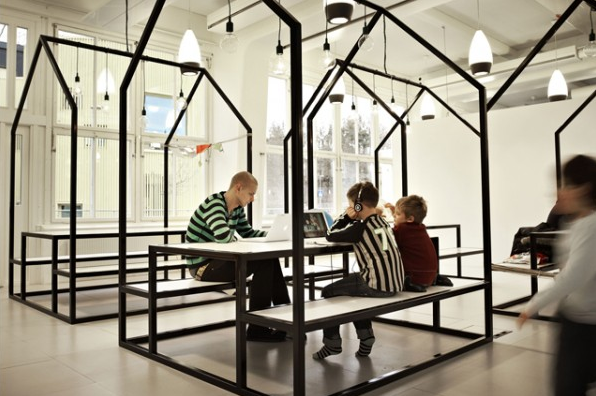Photo: The Economist
The concept of social architecture came to me in a travelers cliché. I was jogging pre-dawn, weaving around shopkeepers, bypassing courtyards in tai chi synchronicity, and comparing this quiet Shanghai morning to a Beijing run two days prior. Shanghai was a comfortable gander through city outskirts; Beijing had Olympic sport potential. Screw the running, I’ll give you a medal for getting through the streets with limbs and lungs intact. But the differences between the cities rested on more than just ease of movement. The elements of inequality, rapid development, stagnation, and transit each played a role in my ability to move and breathe freely.
In 2005, Beijing and Shanghai had comparable populations, but the planning of the cities was drastically different. Shanghai had predictable street connections and clear sidewalks. Housing was set back from the road and there were no insurmountable gates on medians or sidewalks. Where I ran, there were no construction sites. Youth had moved out of the area and towards center city opportunity, leaving behind parents, now grandparents. Beijing was perpetually sleepless and never silent. Migrant workers were active at all times of the day, constructing skyscrapers and polluting the air with shards of metal and fluorescent sparks. I dodged around bicycles and cars stopping and moving without semblance of pattern. Pollution was thick and noise was deafening. There was always, always somebody in my way.
As I dodged around buildings, I realized each piece of architecture impacted the behavior of everyone around it. Whether space, building, park, or sidewalk, social ramifications are created by each object we must move through, around, under, and over. In the following column, I expect to further explore what I call ‘human architecture.’ Architecture and planning projects don’t stop at the site; they can perpetuate or alleviate inequality and exclusion, crime and safety, healthy lifestyles and opportunity. Through the eyes of an individual who recognizes the effect plans have on social issues, I intend to focus on the social ramifications of planning projects and architectural undertakings. The world is developing rapidly, and while some projects are good and some projects are bad, I believe all of them inherently matter.
Next time: I am blown away by the size of buildings in Washington DC. While I’ve normalized to the size of NYC skyscrapers or extreme urban density, there’s something about DC architecture which never ceases to catch me off guard. In the spirit of the recent election I am inspired to reflect on big buildings and what they mean in terms of identity and accessibility.




